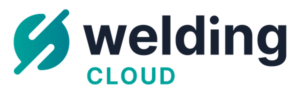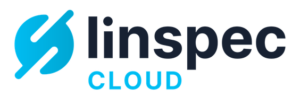

French Leading Software dedicated to complete lifecycle monitoring of industrial equipment
More than
200
Etablished in over
15
Managing over
2
Innovative solutions for operators and equipment manufacturers
Our solutions are based on solid experience in the process industry, providing our customers with powerful, innovative and easy-to-use tools throughout the lifecycle of their plants.
In an ever-changing world, Artificial Intelligence will offer unique opportunities to boost productivity, optimize processes and stimulate innovation. On the strength of this conviction, we have decided to integrate AI modules at the heart of our solutions, paving the way for a significant transformation of industrial professions.


Transform the way you manage and monitor your welds
Simplify your business by centralizing all welding information and documents in a single environment.
Welding Cloud is the ideal solution for managing your welding activity with ease, from preparing your fabrication to creating manufacturing reports.

Optimize inspection of your industrial equipment
With Linspec Cloud, inspect, secure and extend the life of your equipment.
The solution enables you to monitor your entire equipment fleet. It is suitable for all industrial sites (with or without a Recognized Inspection Department, SEVESO high and low threshold sites, etc.).
Our commitment to intelligent sustainable industry
Initially developed to meet the specific needs of major groups, SIRFULL solutions can now be adapted to all types of industry.
Numerous new features have been developed to make everyday life easier for all industrialists. Our aim is to move towards an intelligent control solution for the welding and inspection professions.
Innovation
We place at the heart of our business the constant search for improvement and the integration of new technologies such as AI.
Security
We guarantee the reliability of our solutions by implementing a strict policy of IT security and data protection.
Liability
Committed to sustainable transformation, we work to ensure the safety and reduce the environmental footprint of industrial sites.
Satisfied customers
"The solution has been able to respond and adapt to evolving requirements and regulations through regular developments."
Versalis DunkerqueThe inspector in charge of criticality
"The software is very well done. It allows us to generate complete documents with the welding book, qualifications, and operating procedures. Everything is included in it!"
Installation Exploitation Carrières SablièresSite QHSE Manager
"The tool was quickly adopted by all project managers. It provides autonomy and time savings, making it a real competitive advantage."
Camfil FranceA site IWT / QSHE technician





































